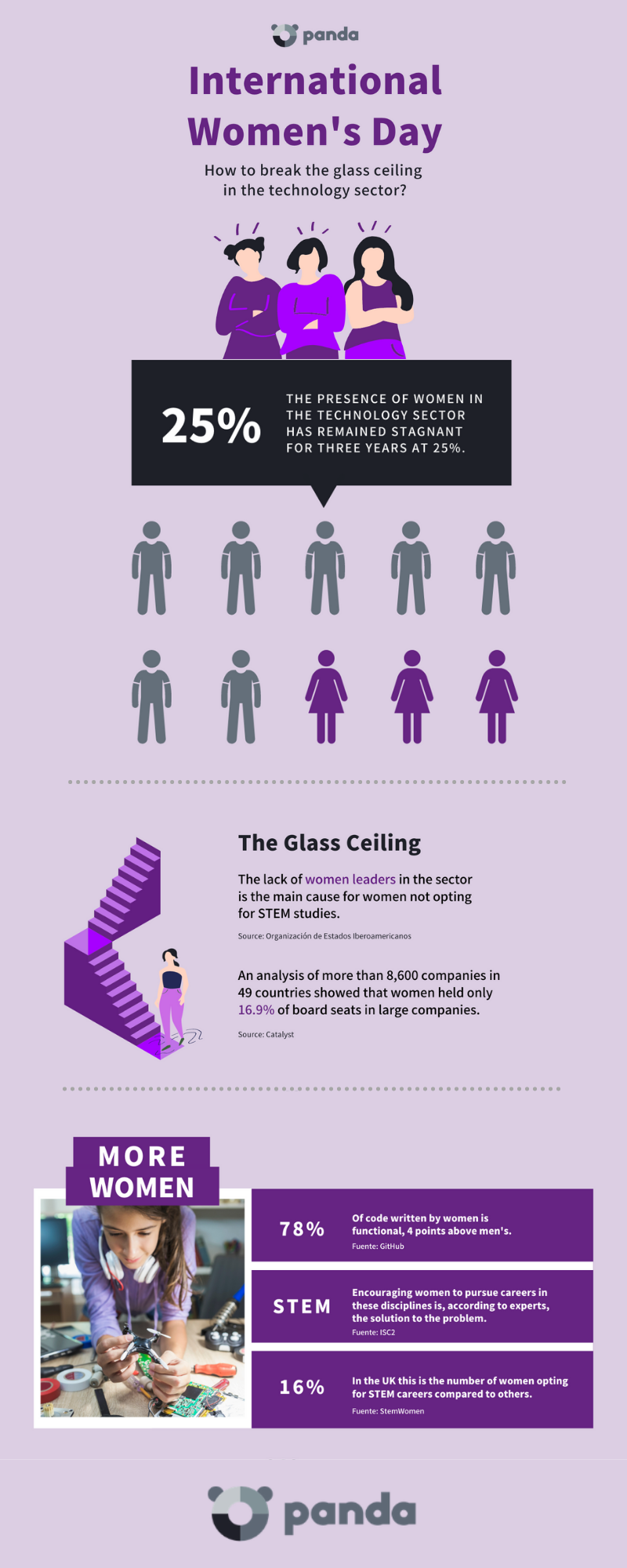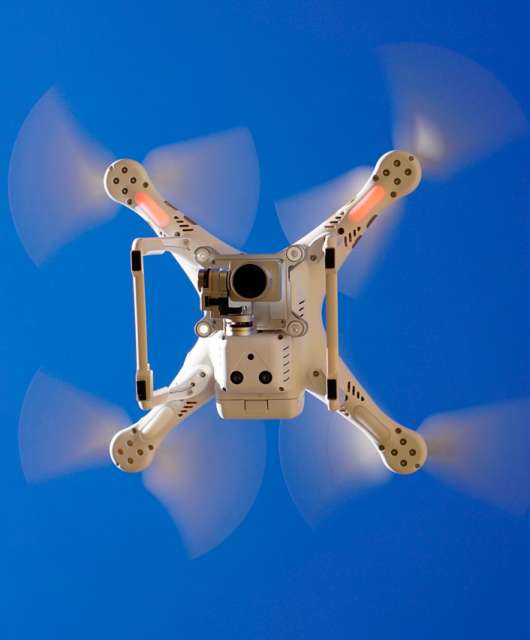The presence of women in positions in the technology sector has been stagnant for three years at 25% of the total workforce.
Over the last few years, the role of women in the world of science and technology has been written about repeatedly. Despite the fact that progress and the fight for equality are mantras that are repeated and that we frequently recall, progress in this sector seems to have reached a disappointing ceiling that has remained fixed for the last three years.
When we talk about positions linked to the IT world, we find that women account for 25% of the total staff, a figure that is repeated in the field of cybersecurity according to the latest report by the International Information Systems Security Certification Consortium (ISC)².
This figure is not worrying solely because it is low, but because it has remained stable since 2018. However, even within this global stasis, we find some improvements. For example, in Latin America, the proportion rises to 40%, and the positive feelings are corroborated by 65% of staff in the sector, who say that the female workforce has increased.
Within this global framework, the other regions surveyed lag far behind Latin America. In Asia Pacific, women account for 30% of the total cybersecurity workforce, followed by Europe with just 23% and North America with a meager 21%.
How can the gap be closed?
Talent is one reason why the gender gap is so large in the IT world. In fact, GitHub showed that women were generally more efficient programmers, with 78% of the code they wrote being functional, while men were four points behind.
In the survey conducted by ISC2, the most repeated response as a solution to this problem is to promote STEM careers, an acronym that stands for “science, technology, engineering and mathematics”. In the United Kingdom, according to StemWomen, only 16% of students in these careers are women.
To help promote these careers among female students, ideas such as incorporating gender-identified guidance counselors and training them to be able to promote STEM careers in an attractive and motivating way have been proposed. Career counselors are also required to be able to portray a realistic image of science, as well as to help female students discard their insecurities about this future path.
However, the main culprit for women not opting for STEM studies, according to the IOE, is the “glass ceiling”, the limitation women face in accessing senior positions within their organizations. A situation that runs contrary to what the data shows, since in 2007 Catalyst demonstrated that companies with at least 3 women on their boards of directors achieve better economic results. However, although slowly, the number of women managers continues to grow in the technology sector.
From Panda Security we encourage you to find your way in the cybersecurity sector. In this sense associations, Twitter lists, LinkedIn groups and meetings of women in cybersecurity provide a meeting point. Any woman who wants to connect and interact with colleagues may be interested in one of the following groups:
- The European Cyber Security Organization (ECSO) created Women4Cyber in 2018, an initiative to increase the participation of women in the cyber field, in order to increase the number of female workers and meet that growing demand for cybersecurity professionals in Europe.
- WOMCY is the first organization in Latin America that brings together cybersecurity professionals. It aims to increase the presence of women in the industry, and to this end promotes networking, mentoring and special programs to help promote both careers and the perception of women in cybersecurity.
- Inteligenca is an organization that supports women interested in making a career change into cybersecurity. It recently launched ‘100 Women in 100 Days‘, an initiative dedicated to informing young women about the field and helping 100 women get their careers in the industry back on track.
- CybHER provides resources for women and girls, from high school and college to the working world. The goal to empower, motivate, educate and change the perception of girls and women in cybersecurity. Its most important project is the GenCyber Girls in CybHER girls’ security camp, which is supported by the NSA and is the largest event of its kind in the US.
- The Executive Women’s Forum (EWF) on Information Security, Risk Management and Privacy has been attended by more than 10,000 women since its creation in 2002. A pioneering group, it offers education, mentoring and leadership development programs for women at all levels of their careers, as well as a conference attended by more than 500 top leaders.
- The Cercle des Femmes de la CYberSecurité (CEFSYS) is a French organization for women in the cybersecurity field that is also open to men who want to work to advance the presence and impact of women in security-related professions.







